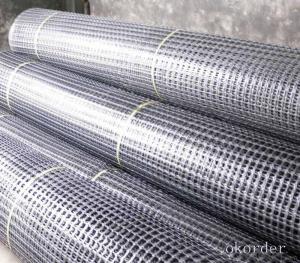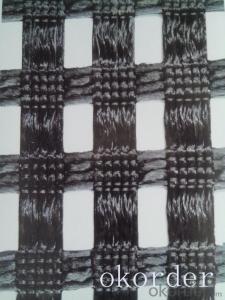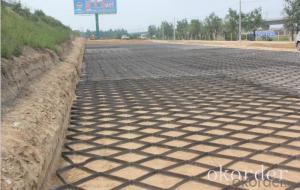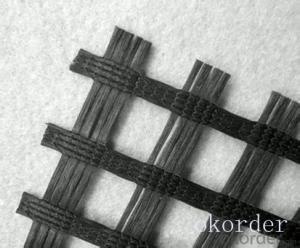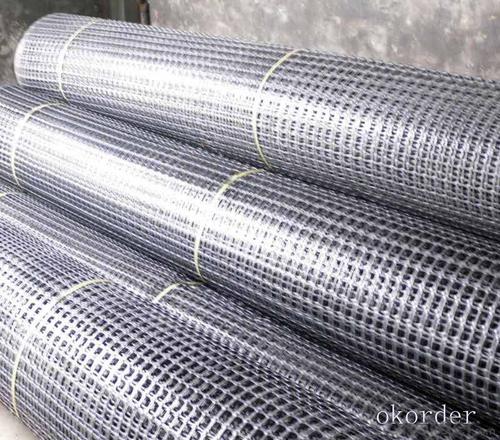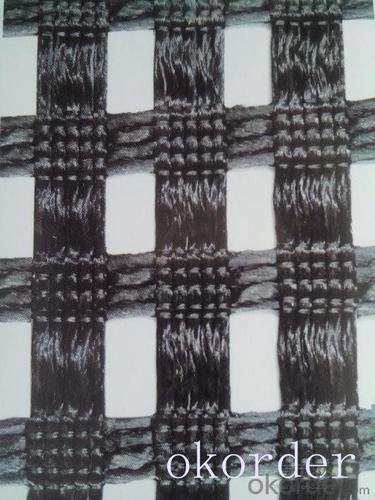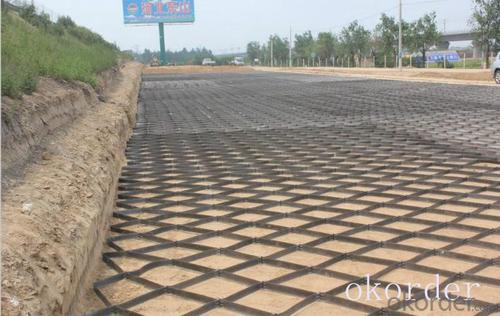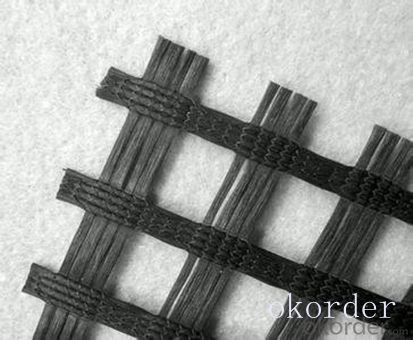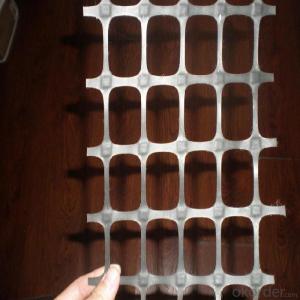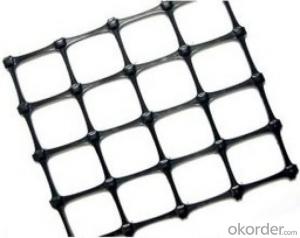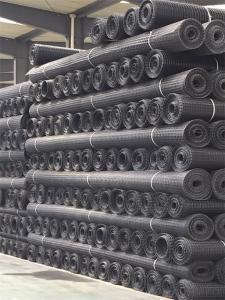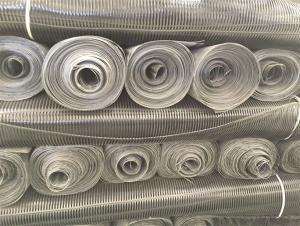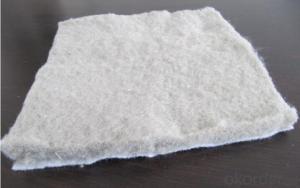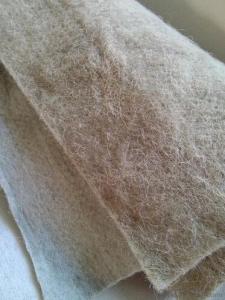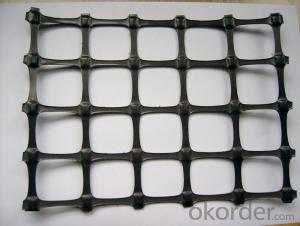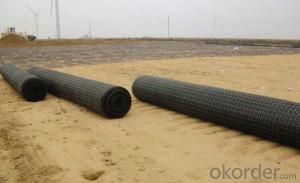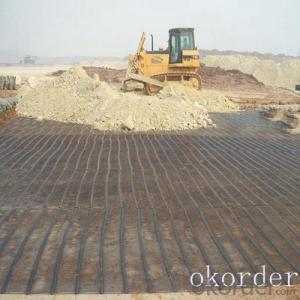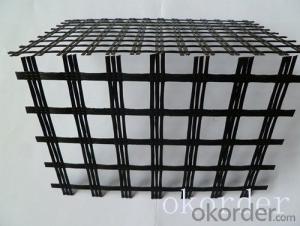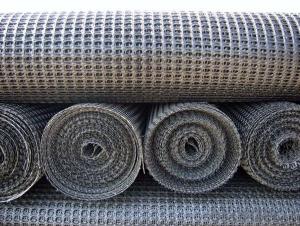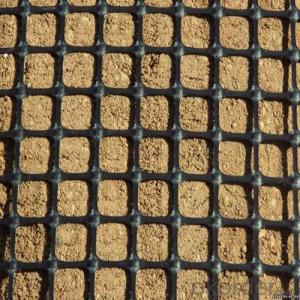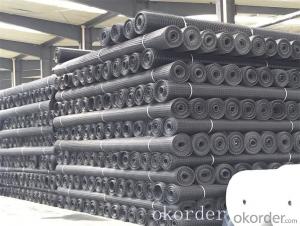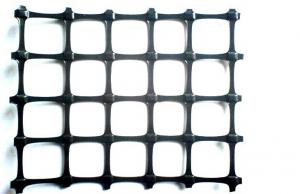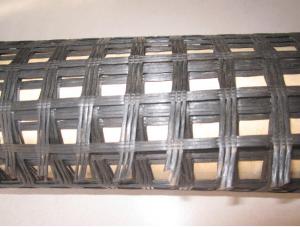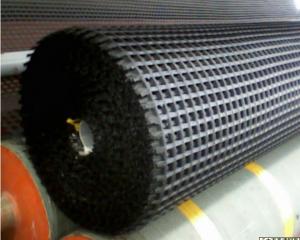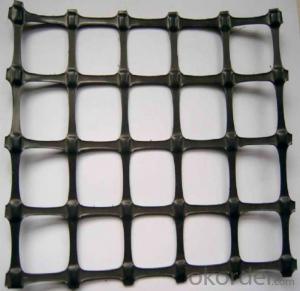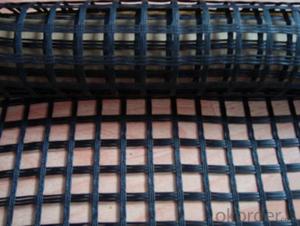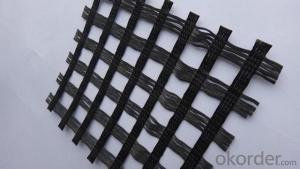Geogrids Nptel Light Weight Fiberglass Polypropylene Geogrid Price
- Loading Port:
- China main port
- Payment Terms:
- TT OR LC
- Min Order Qty:
- 1000 m²
- Supply Capability:
- 1000000 m²/month
OKorder Service Pledge
OKorder Financial Service
You Might Also Like
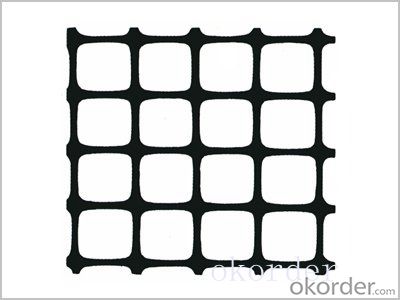
Product Introduction
Biaxial
The apertures allow soil particles on either side of the installed sheet to come into direct contact, thereby increasing the interaction between the geogrid, aggregate and some soils. Also, the apertures ensure vertical drainage of a reinforced free-draining aggregate/soil..
steel-plastic composite geogrid
20X20,30X30,40X40,50X50,60X60,70X70,80X80,90X90,
100X100KN
PP geogrid
20X20,30X30,40X40,50X50,60X60,70X70,80X80,90X90,
100X100,110x110KN
Our Service
Quality assurance
1.On a regular basis or as per your request,we entrust national testing agencies to conduct quality inspections
2. Strictly in accordance with the ISO9001-2008 international quality system standard,we monitor and manage the whole process throughout production,quality testing,and measurement to ensure product quality
3. For quality-related construction delay or substandard construction(except for damage or losses due to customer’s responsibility or irresistible natural disasters),we have refunding,replacement,and repair services.We will respond to customers’ feedbacks on quality issues within 24 hours.
Packaging & Shipping
Packing: PLASTIC FILM INSIDE, AND WOVEN BAG OUTSIDE
Shipping: About 15 days after receipt the deposit
FAQ:
Q: What kind of payments does jenor support?
A: T/T, L/C, Cash are accepted.
Q: Do you charge for the samples?
A: Accordeing to our company policy, the samples are free, we only charge the freight fee. And we will return the freight fee during the next order.
Q: Can you produce according to customers' design?
A: Sure, we are professional manufacturer, OEM and ODM are both welcome.
Q: Do you have other products?
A: Yes, please check the pictures:
- Q: How do geogrids improve the load transfer in road pavements?
- Geogrids improve the load transfer in road pavements by enhancing the stability and strength of the base and subgrade layers. They distribute the load more evenly, reducing the stress on the pavement structure. Additionally, geogrids prevent the lateral movement of soil particles, improving the overall performance and lifespan of the road.
- Q: What are the factors that affect the design and selection of geogrids for geosynthetic reinforcement of slopes?
- There are several factors that affect the design and selection of geogrids for geosynthetic reinforcement of slopes. These factors include the slope angle, soil type and properties, required design life, anticipated loading conditions, and installation constraints. Additionally, factors such as cost, availability, and environmental considerations may also play a role in the selection process. Overall, a comprehensive assessment of these factors is crucial to ensure the appropriate geogrid is chosen to effectively reinforce and stabilize slopes.
- Q: What kind of projects are used to detect the geogrid
- Tensile and elongation
- Q: How do geogrids improve the performance of mechanically stabilized slopes in expansive soils?
- Geogrids improve the performance of mechanically stabilized slopes in expansive soils by providing reinforcement and preventing soil movement. They increase the tensile strength of the soil, reducing the potential for slope failures and soil erosion. Additionally, geogrids distribute the load more evenly across the slope, reducing stress concentrations and increasing stability.
- Q: Can geogrids be used in reinforcement of underground stormwater detention systems?
- Yes, geogrids can be used in the reinforcement of underground stormwater detention systems. Geogrids are commonly used in such systems to provide additional support and stability to the underground structures, helping to prevent soil erosion and maintain the integrity of the detention system.
- Q: How do geogrids compare to other soil reinforcement methods?
- Geogrids are a highly effective soil reinforcement method that offer several advantages over other methods. They provide excellent tensile strength, allowing them to distribute loads and restrain soil movement effectively. Unlike traditional methods like soil nails or ground anchors, geogrids can be installed quickly and easily, reducing construction time and costs. Additionally, geogrids are resistant to chemical and biological degradation, making them a durable and long-lasting solution. Overall, geogrids offer superior performance, cost-effectiveness, and ease of installation compared to other soil reinforcement methods.
- Q: Can geogrids be used in retaining walls for highway projects?
- Yes, geogrids can be used in retaining walls for highway projects. Geogrids are commonly used in such projects to reinforce soil and provide stability to the retaining walls. They enhance the overall strength and durability of the walls, making them a reliable choice for highway construction.
- Q: Are geogrids suitable for use in mechanically stabilized embankments?
- Yes, geogrids are suitable for use in mechanically stabilized embankments. Geogrids are widely used in such applications due to their high tensile strength and reinforcement capabilities. They help distribute loads, reduce settlement, and increase the stability of embankments.
- Q: Can geogrids be used in reinforcement of bridge approach embankments over soft soils?
- Yes, geogrids can be used in the reinforcement of bridge approach embankments over soft soils. Geogrids are commonly employed in such applications to enhance the stability and strength of the embankment by distributing the loads and reducing settlement. They provide additional tensile strength and improve the overall performance of the embankment, making it a suitable solution for addressing the challenges posed by soft soils in bridge approach embankments.
- Q: Can geogrids be used in reinforcement of mechanically stabilized earth bridge abutments?
- Yes, geogrids can be used in the reinforcement of mechanically stabilized earth bridge abutments. Geogrids are commonly used to enhance the stability and strength of soil structures, including bridge abutments. They provide lateral reinforcement, reduce settlement, and improve overall performance by distributing loads more evenly.
Send your message to us
Geogrids Nptel Light Weight Fiberglass Polypropylene Geogrid Price
- Loading Port:
- China main port
- Payment Terms:
- TT OR LC
- Min Order Qty:
- 1000 m²
- Supply Capability:
- 1000000 m²/month
OKorder Service Pledge
OKorder Financial Service
Similar products
Hot products
Hot Searches
Related keywords
